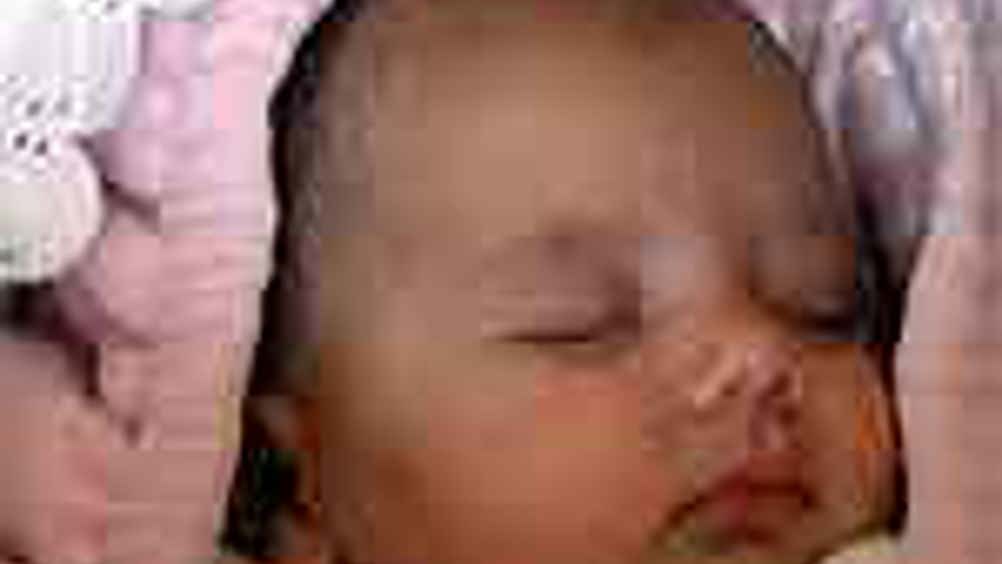Baby monitor
UK researchers are to develop a prototype of a new electronic monitor that could potentially improve the treatment given to hundreds of babies every year.

Researchers at Nottingham University have been awarded £112,000 to develop a prototype of a new electronic monitor that could potentially improve the treatment given to hundreds of babies every year.
The tiny device, being developed by Dr Barrie Hayes-Gill, Dr John Crowe and Mark Grubb in the School of Electrical and Electronic Engineering, in collaboration with neonatologists Prof Neil Marlow and Dr Don Sharkey in the Academic Division of Child Health, uses a small optical probe that measures changes in blood flow under the skin of the baby’s forehead to determine the pulse.
The new device will be aimed primarily at helping doctors and midwives to treat the most vulnerable babies, those born very prematurely, whose specialist care requirements make monitoring of their heart rate particularly challenging.
The funding from Action Medical Research will also allow the researchers to put the device through its paces in patient trials to assess how it performs in a clinical setting on neonatal units and delivery suites.
Register now to continue reading
Thanks for visiting The Engineer. You’ve now reached your monthly limit of news stories. Register for free to unlock unlimited access to all of our news coverage, as well as premium content including opinion, in-depth features and special reports.
Benefits of registering
-
In-depth insights and coverage of key emerging trends
-
Unrestricted access to special reports throughout the year
-
Daily technology news delivered straight to your inbox










Water Sector Talent Exodus Could Cripple The Sector
Well let´s do a little experiment. My last (10.4.25) half-yearly water/waste water bill from Severn Trent was £98.29. How much does not-for-profit Dŵr...